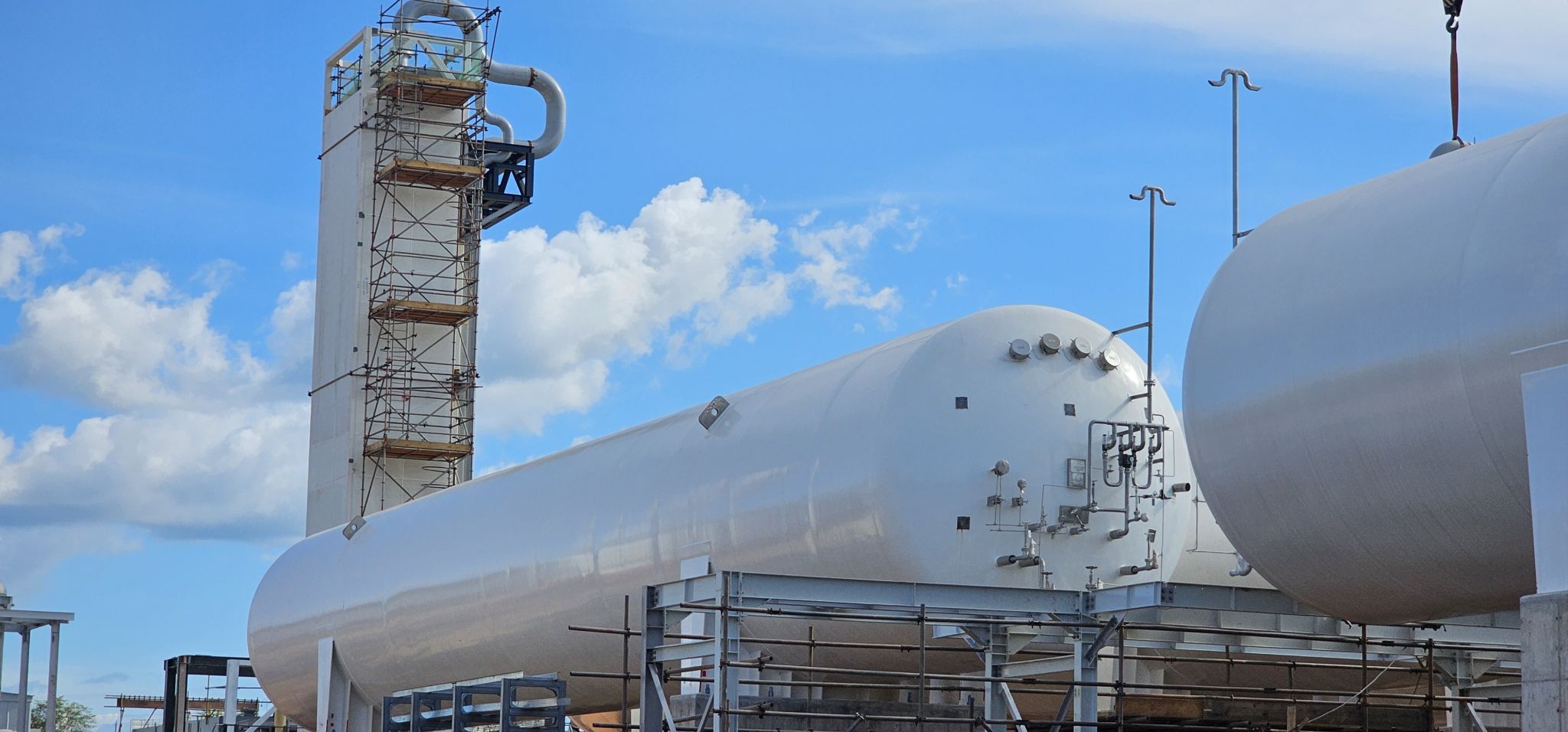This story requires a subscription
This includes a single user license.
With this, the small liquefaction plant with a capacity of about 600,000 cbm per year now entered full commercial operations, according to Eneva.
The first liquefaction unit with a capacity of about 300,000 cbm started operations in December last year.
Built in the vicinity of the Parnaíba natural gas treatment unit, the plant is supplied by gas from Eneva’s fields in the Parnaíba basin.
Eneva said it has signed deals for all of the plant’s capacity, with the latest deal announced on February 3.
This deal, which runs until the end of 2034, is with VirtuGNL to supply LNG fuel for heavy-duty trucks in Brazil.
“The new agreement more than quadruples Eneva’s supply of LNG, which increases from 35,000 to 150,000 Nm³/day, with the prospect of volume growth that could reach 750,000 Nm³/day,” Eneva said.
The company previously said it had signed three LNG supply contracts for the plant’s volumes, with supply terms between three and 10 years.
Back in May 2022, Eneva said it would supply LNG to compatriot pulp and paper maker Suzano under a 10-year deal.
Trucks will deliver LNG to a regasification unit at Suzano’s giant pulp mill in Imperatriz, Maranhao, as the firm looks to slash emissions further.
The company said at the time it plans to invest about 530 million reais ($84 million) to install one small liquefaction unit at its Parnaiba complex.
Last year, Eneva also announced in a press release it had signed its first small-scale natural gas supply contract with Copergas, a gas distributor in Pernambuco.
Eneva will supply Copergas for three years from the small-scale liquefaction plant to regasification units in Petrolina and Garanhuns, which Eneva will operate.
The company expects to deliver up to 35,000 cbm per day in Petrolina and up to 5,000 cbm per day in Garanhuns.
Besides this project, Eneva closed a deal in 2022 with US LNG firm New Fortress Energy and joint venture partner Ebrasil to buy the Sergipe LNG power plant for about $1.29 billion.
This LNG-to-power project started commercial operations in 2020 and includes a regasification terminal served by the 170,00O-cbm Energos Nanook, and the 1,593 MW plant in Porto de Sergipe.

